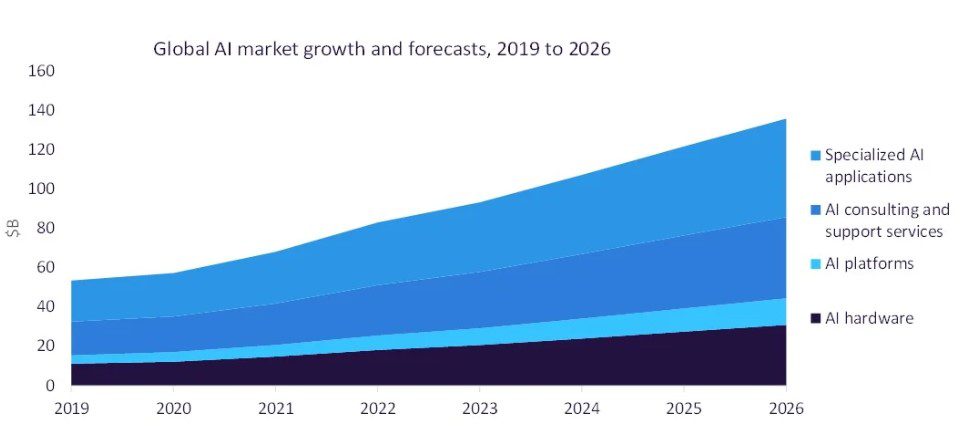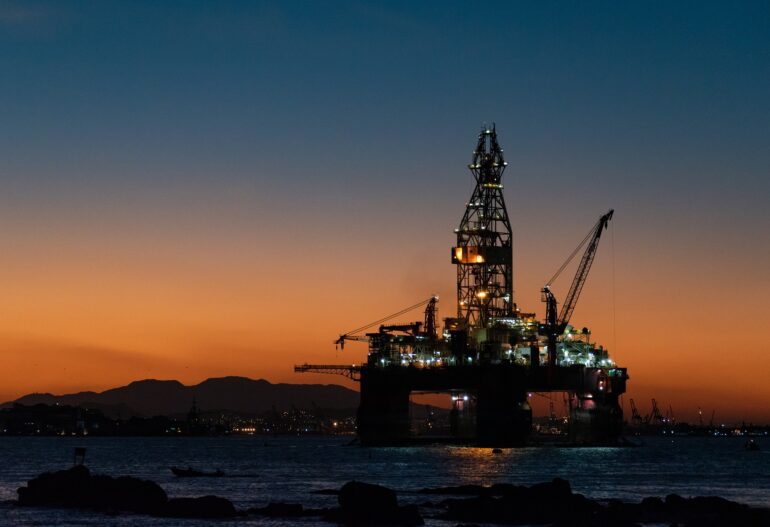TL;DR:
- Machine learning, a subset of AI, enables computer systems to learn and improve from data without explicit programming.
- It is the most practical application of AI for enterprise adoption.
- AI could contribute $16tn to the world’s GDP by 2030, according to OECD estimates.
- Machine learning can revolutionize the oil and gas industry by analyzing seismic data, well logs, and geologic information.
- It improves well performance, production rates, and operational safety.
- Disruptions like Covid-19 and the Ukraine conflict have necessitated increased oversight and optimization in the industry.
- Machine learning supports automation, process improvement, and demand forecasting.
- It helps modernize maintenance practices, detect leakages, and optimize inventory and supply chains.
- Recruiting machine learning experts with oil and gas expertise is a challenge.
- The AI market is expected to grow substantially from 2022 to 2026.
Main AI News:
Machine learning, a subset of artificial intelligence (AI), offers a remarkable opportunity for computer systems to enhance their performance and knowledge through data analysis without the need for explicit programming. It has emerged as the most practical application of AI, especially in the realm of business, where its adoption holds immense potential. According to the estimations of the Organization for Economic Co-operation and Development (OECD), the integration of AI could contribute a staggering $16tn to the global GDP by 2030, equivalent to over 10% of the gross world product.
In the oil and gas industry, machine learning is swiftly gaining ground, poised to revolutionize the way companies explore and extract valuable resources. Its utilization extends to the analysis of seismic data, well logs, and various geologic information, enabling the identification of potential oil and gas reservoirs with unprecedented accuracy.
Moreover, machine learning algorithms possess the capability to scrutinize production data, uncovering patterns that facilitate improvements in good performance. As a result, production rates can be boosted while minimizing operational downtime. Furthermore, the adoption of such analytical approaches aids in hazard identification, fortifying operational safety, and preventing untoward incidents.
The oil and gas sector has witnessed significant disruptions within a short span of three years, triggered by the outbreak of Covid-19 and the Ukraine conflict. The former adversely affected global energy demand, whereas the latter instigated turmoil in oil and gas supply chains due to sanctions imposed on Russia, the leading energy supplier.
These disruptive events have necessitated heightened oversight and optimization across various functions, encompassing project design, construction, logistics, inventory management, and maintenance. Above all, companies are striving to gain comprehensive insights into market demand to align their production accordingly, with the ultimate objective of reducing costs and ensuring long-term sustainability.
Encouragingly, the AI market is projected to experience substantial growth from 2022 to 2026, opening up new avenues for organizations to harness the benefits of machine learning. By embracing automation, process improvement, and demand forecasting, businesses can leverage this technology to their advantage.
Notably, machine learning holds immense promise in modernizing maintenance practices, detecting leakages, streamlining data management and documentation, as well as optimizing inventory and supply chains. However, one of the major obstacles impeding its widespread adoption remains the challenge of recruiting machine-learning experts who possess a deep understanding of oil and gas datasets.

Source: GlobalData Thematic Research, Machine Learning in Oil and Gas
Conlcusion:
Machine learning’s ascent as a powerful tool within the realm of artificial intelligence presents remarkable opportunities for businesses, particularly in the oil and gas industry. By capitalizing on its capabilities, companies can drive automation, enhance processes, and accurately forecast demand. Amidst the disruptions faced by the sector, machine learning stands as a beacon of hope, enabling organizations to navigate the challenges, improve operational efficiency, and secure their long-term success.

